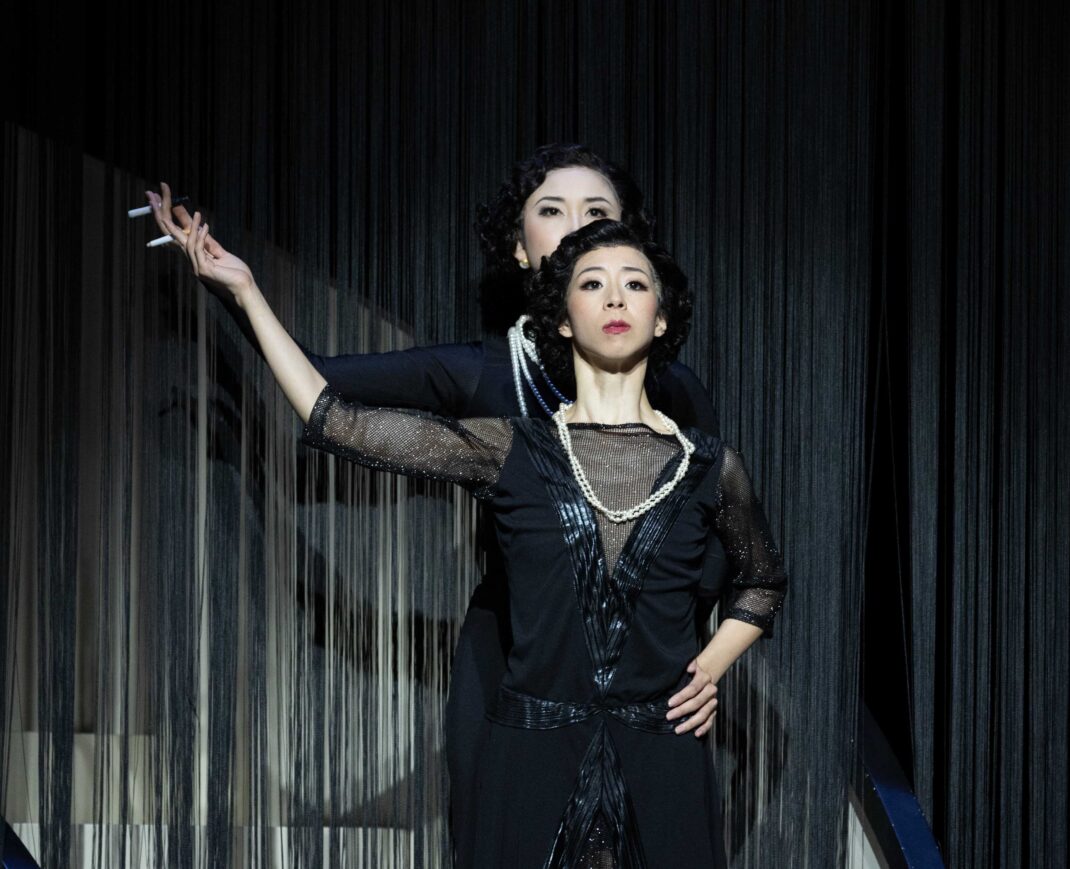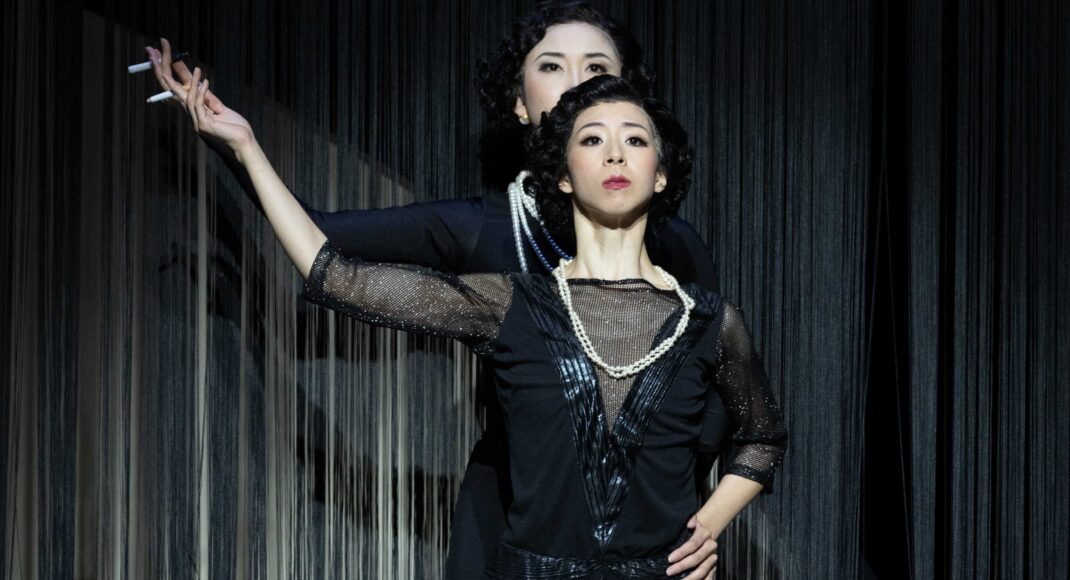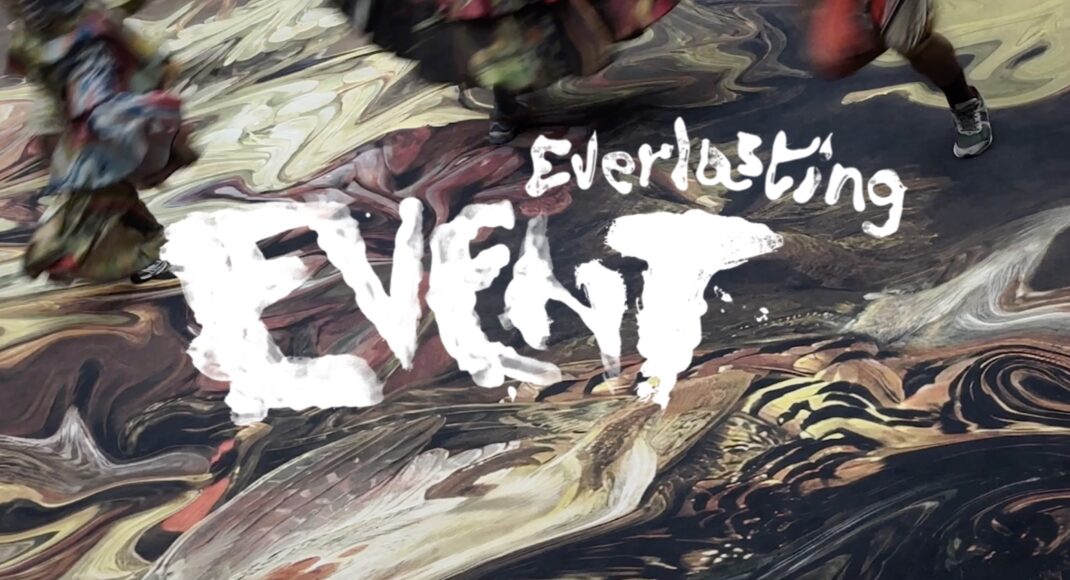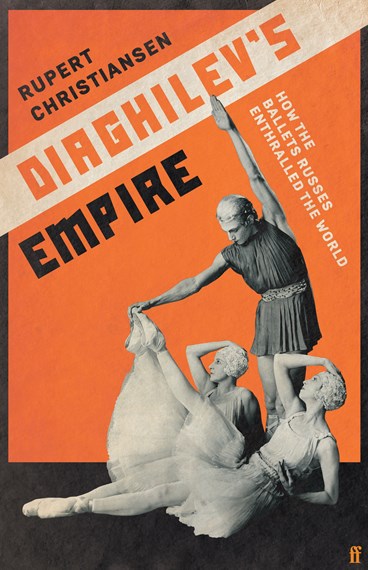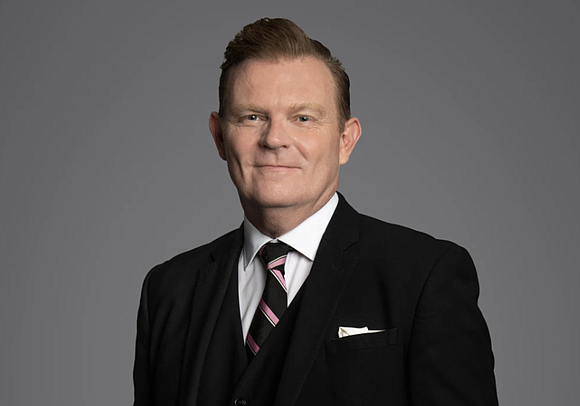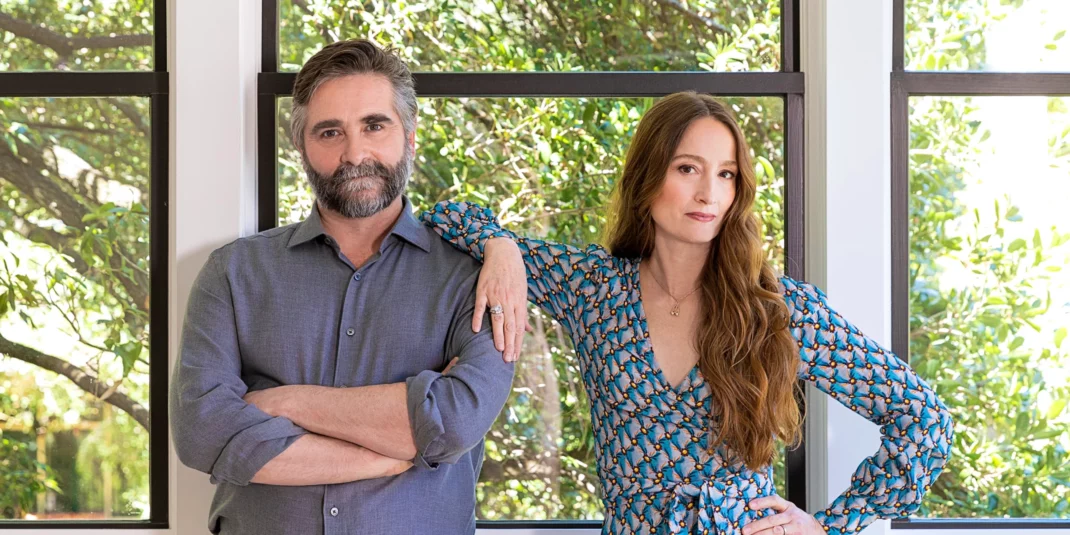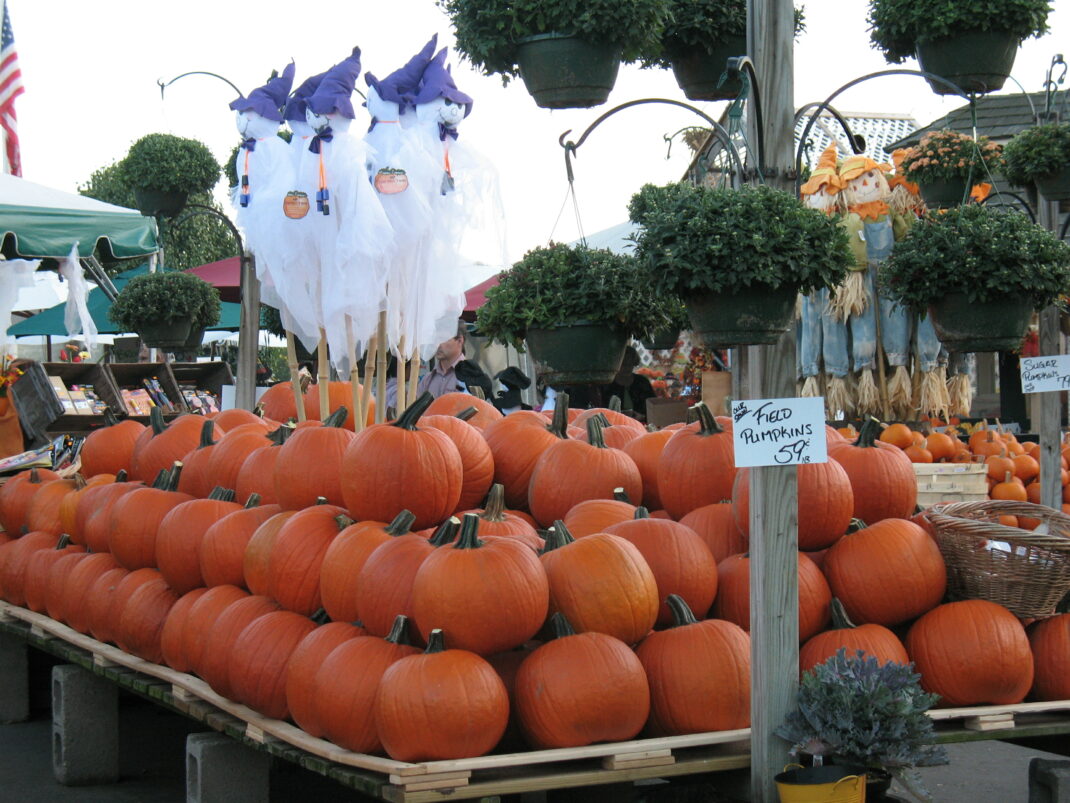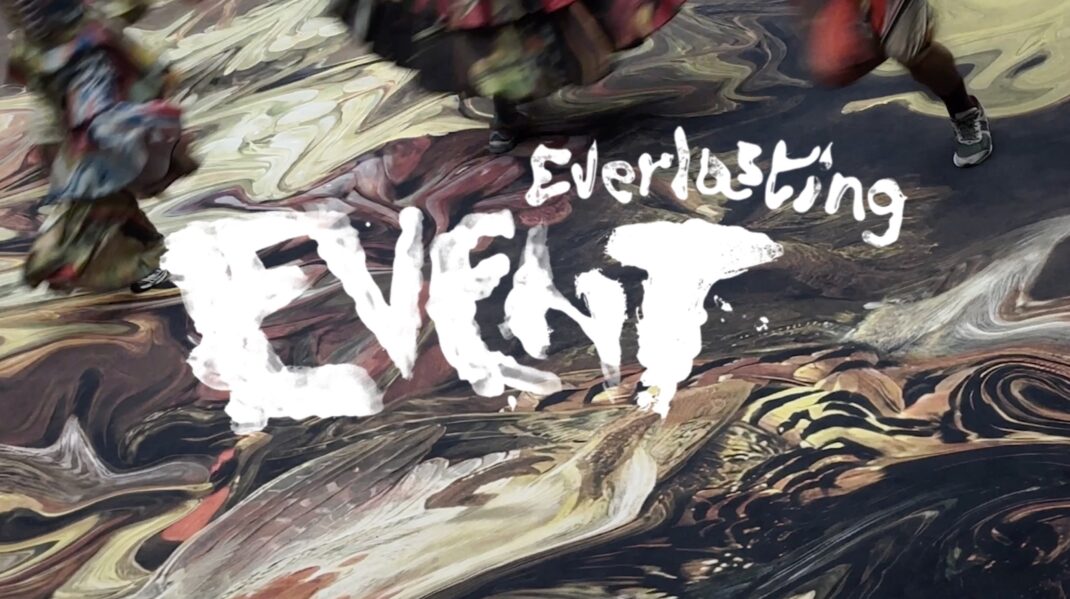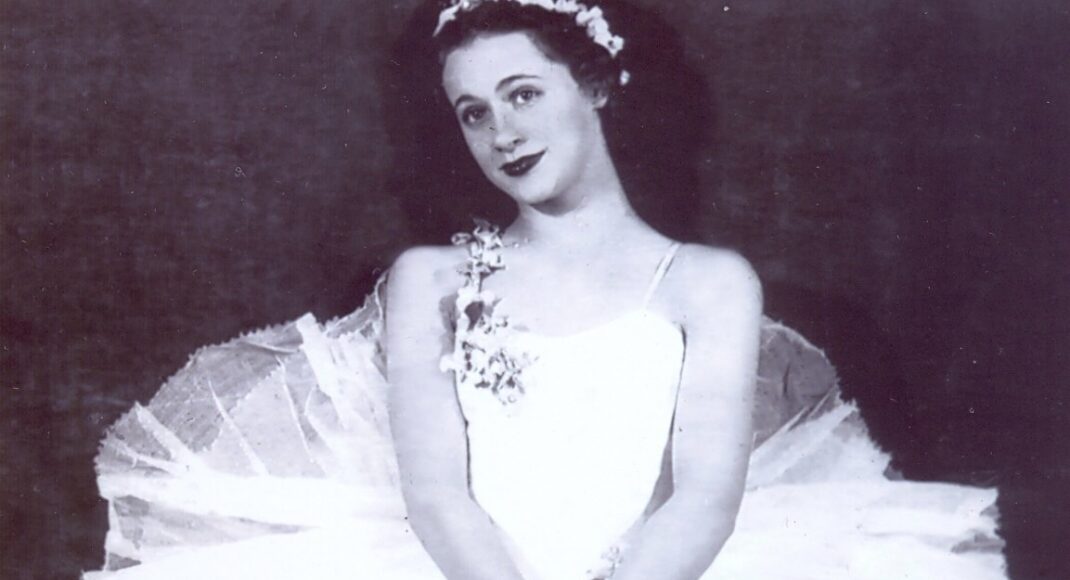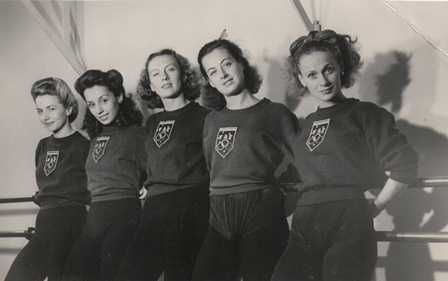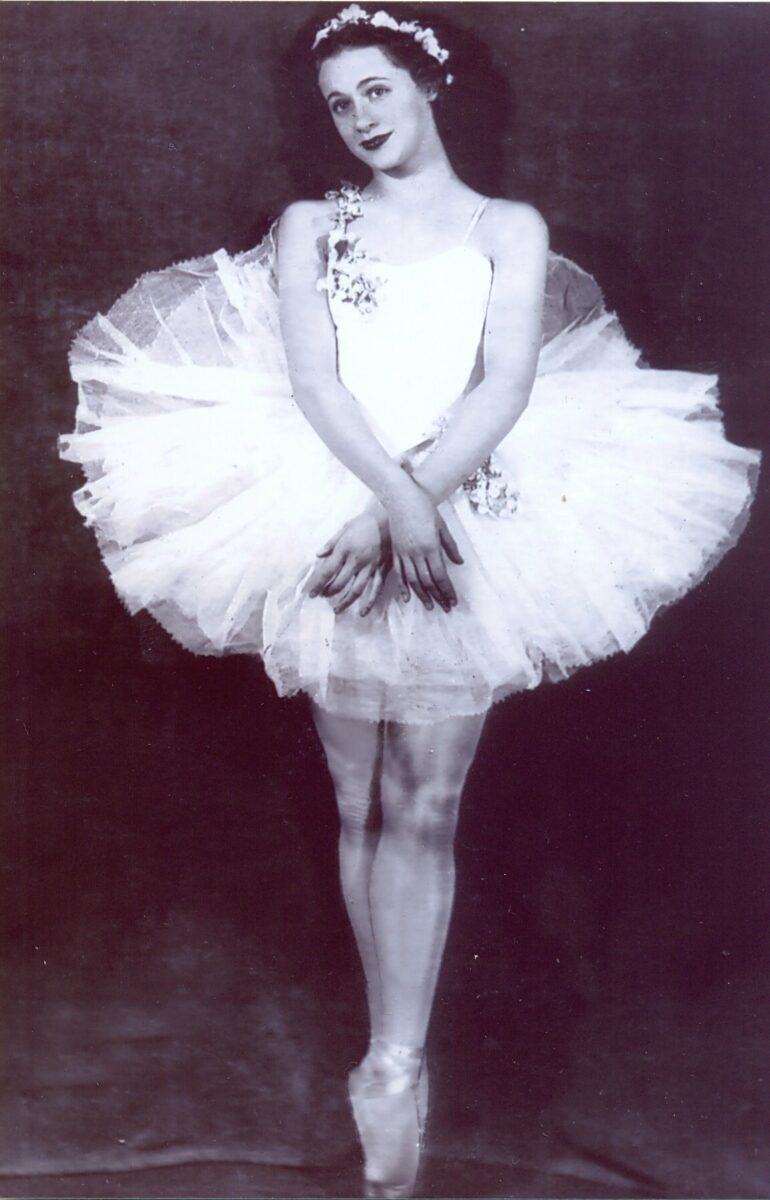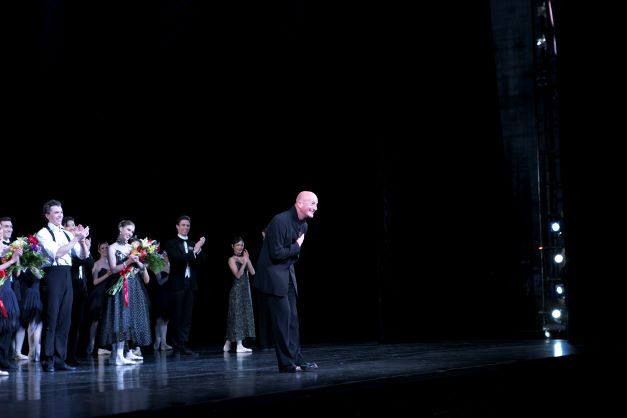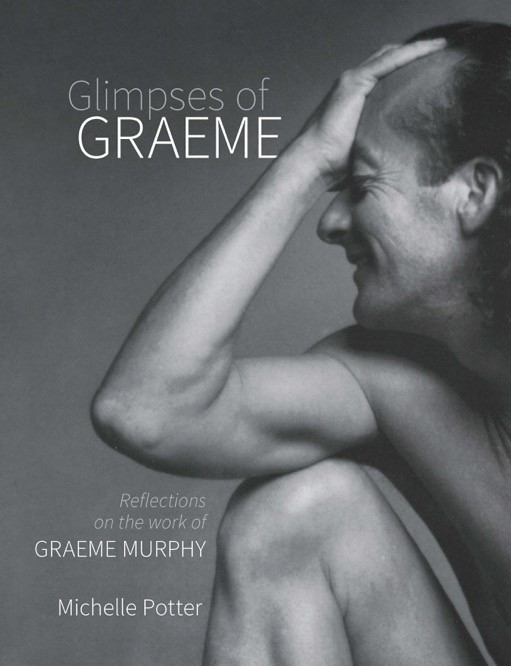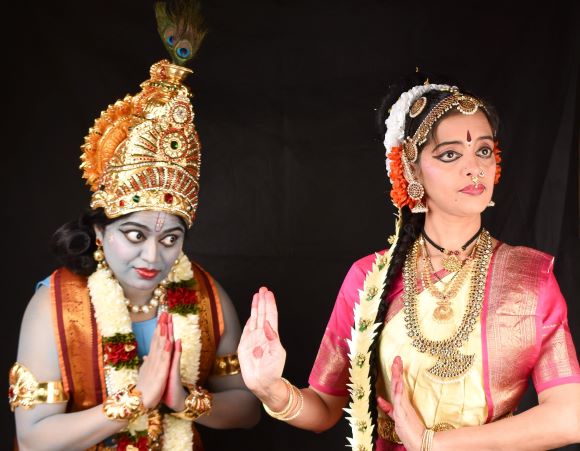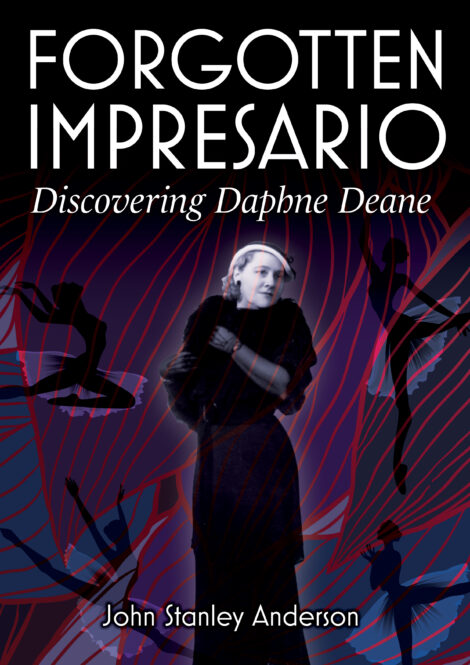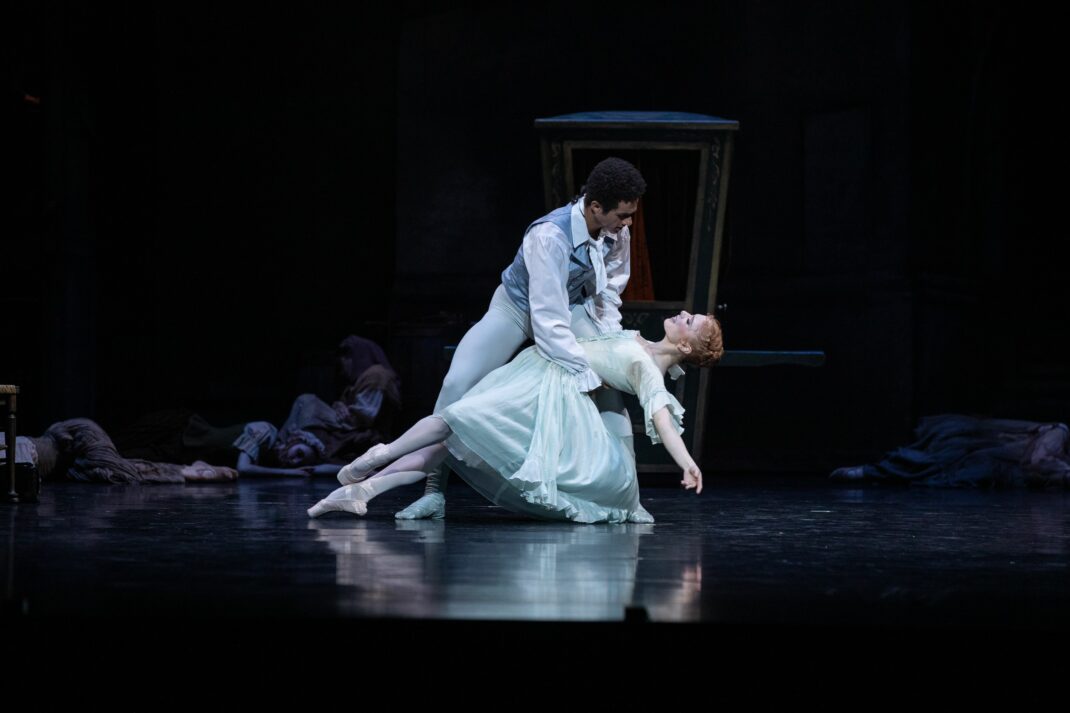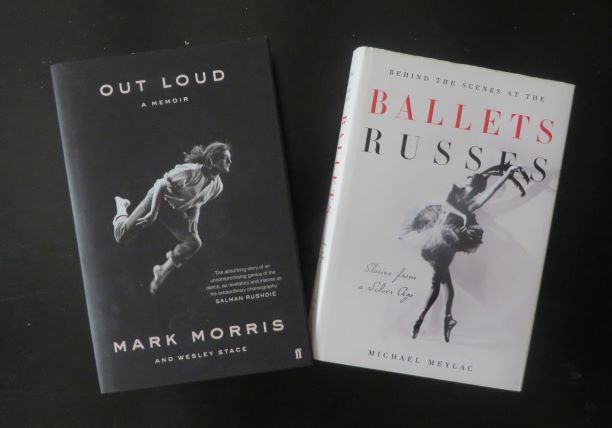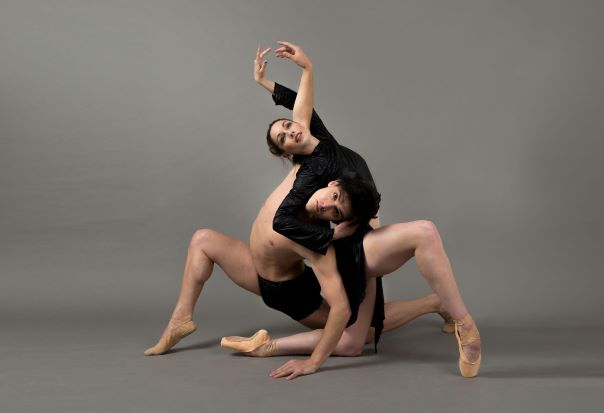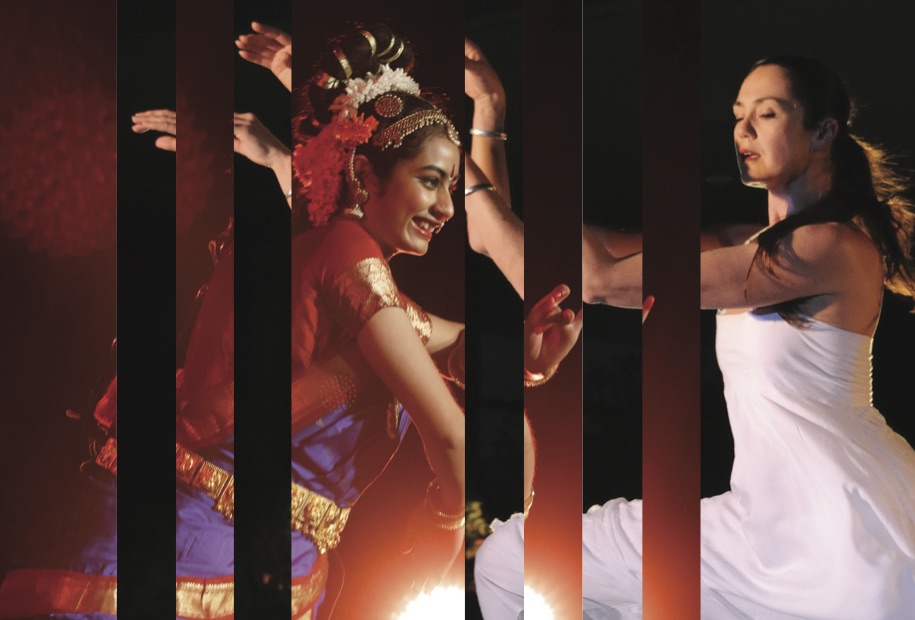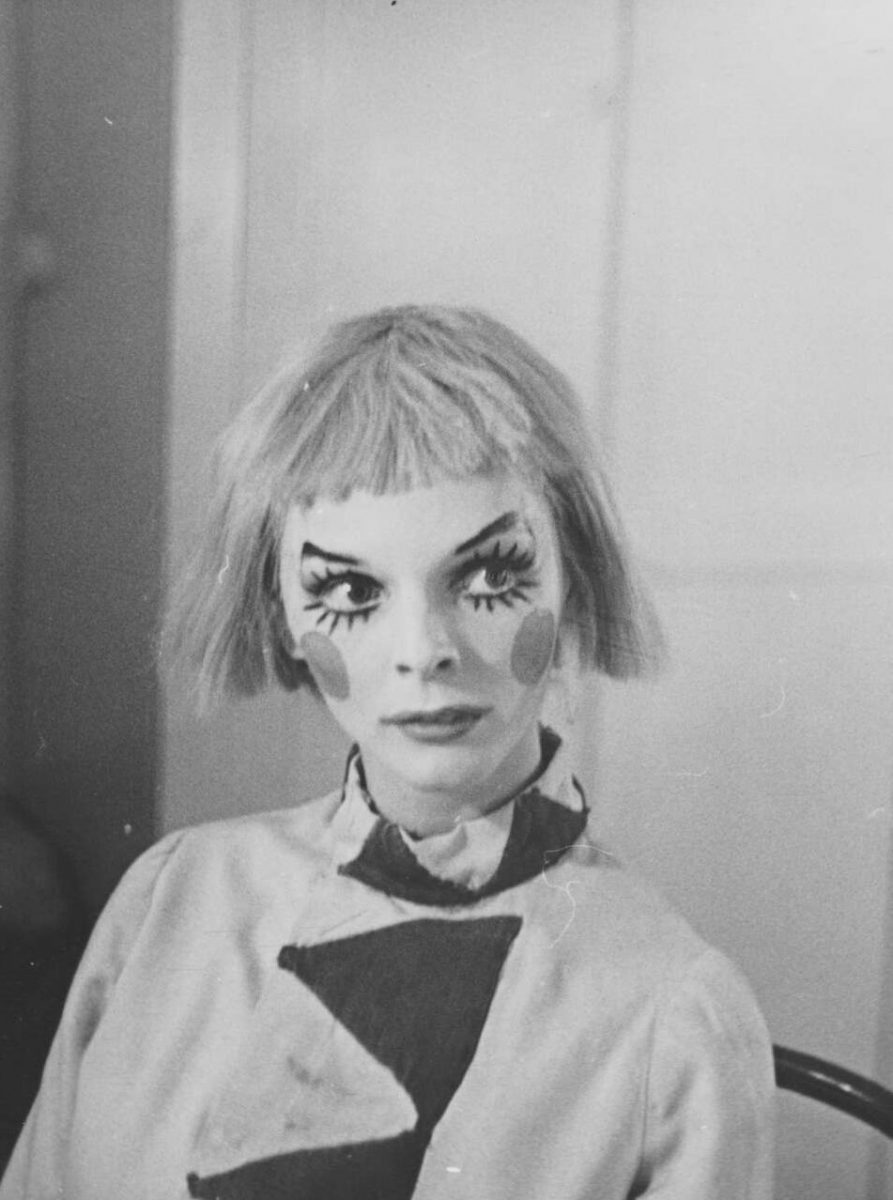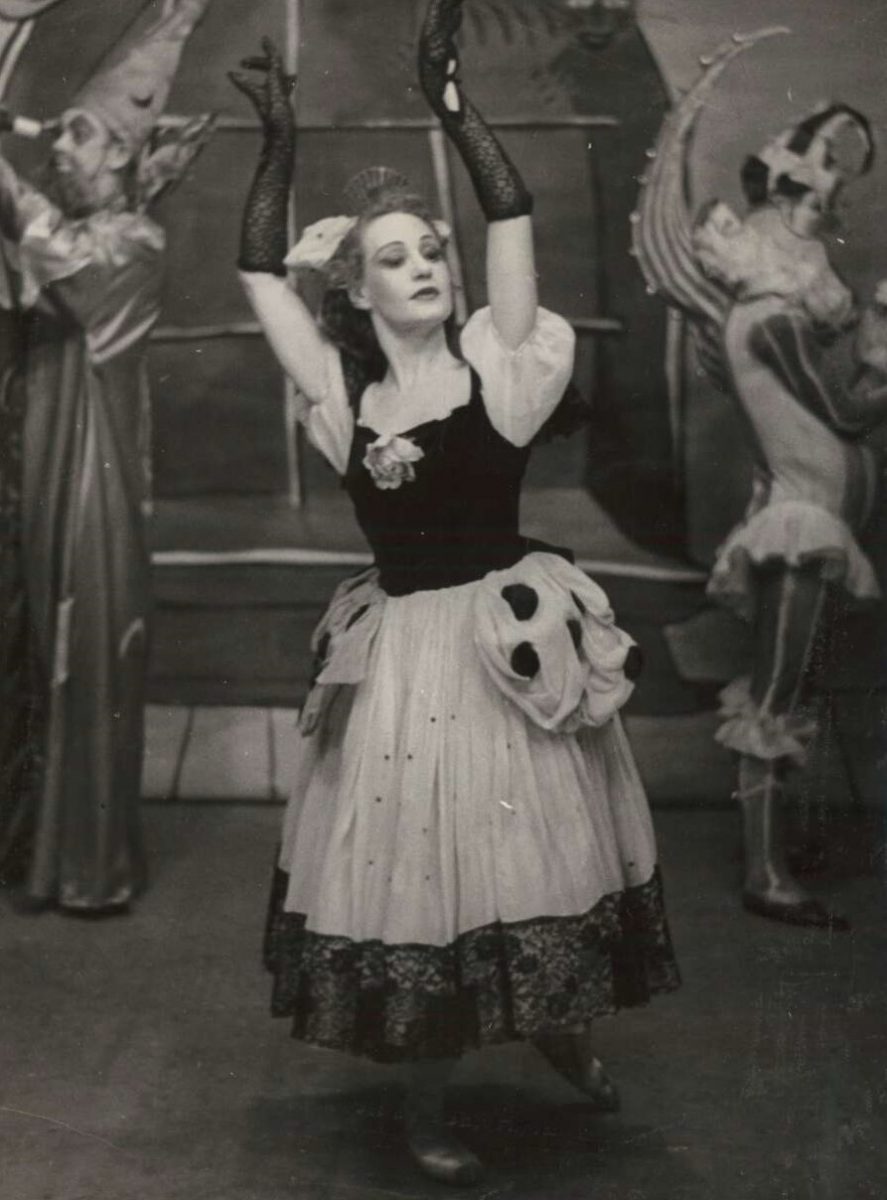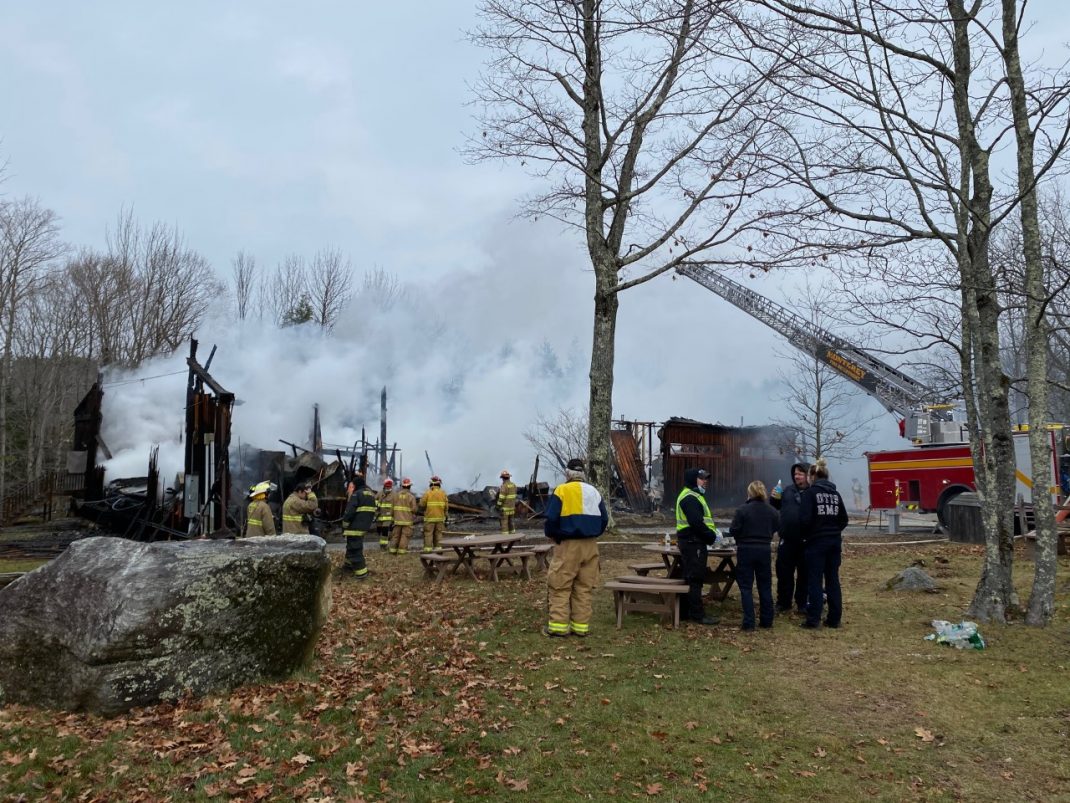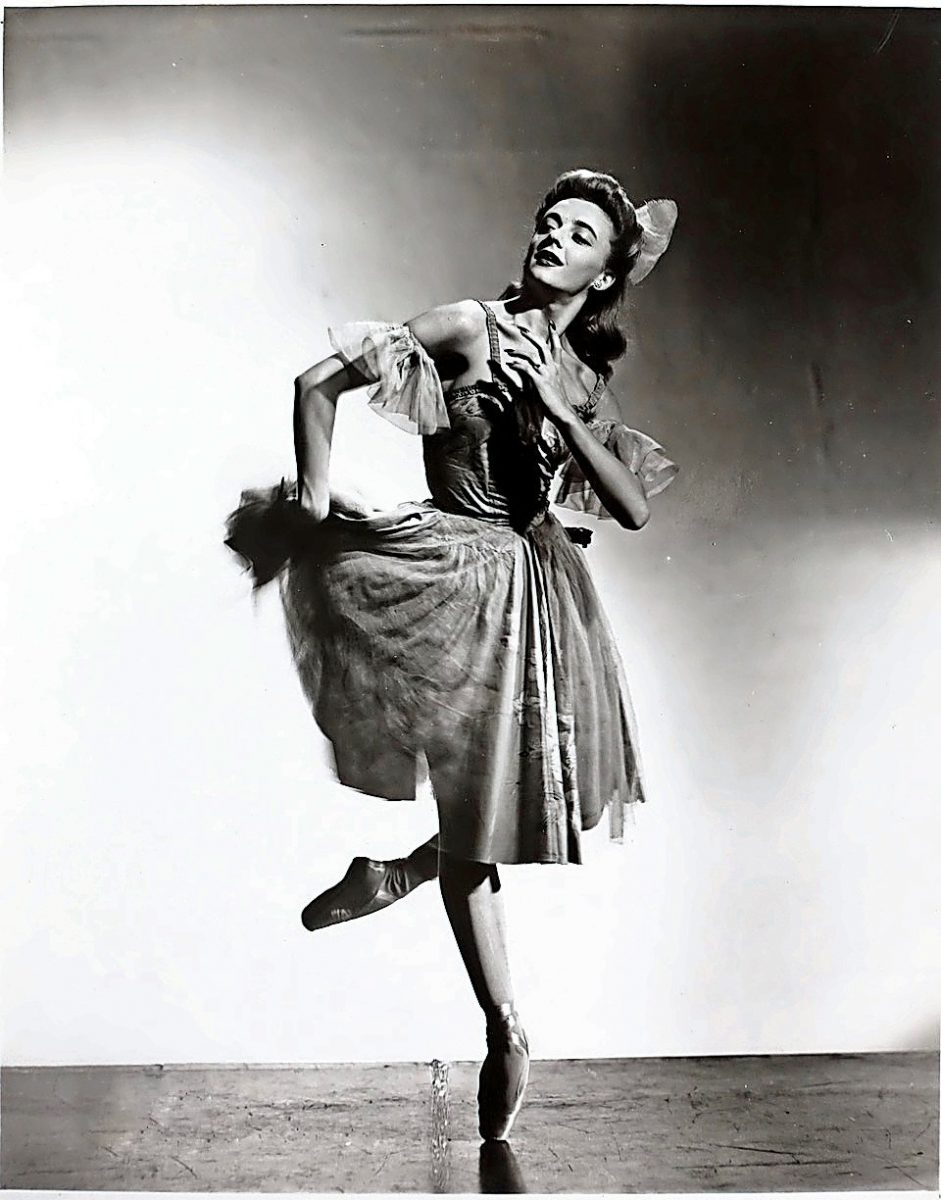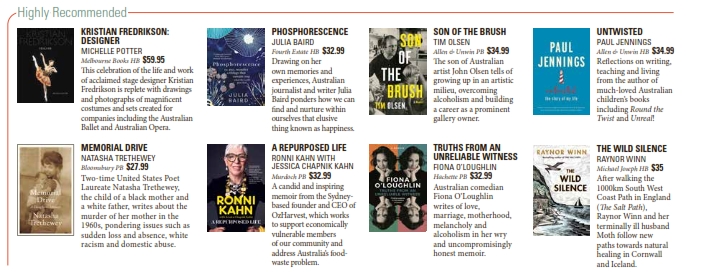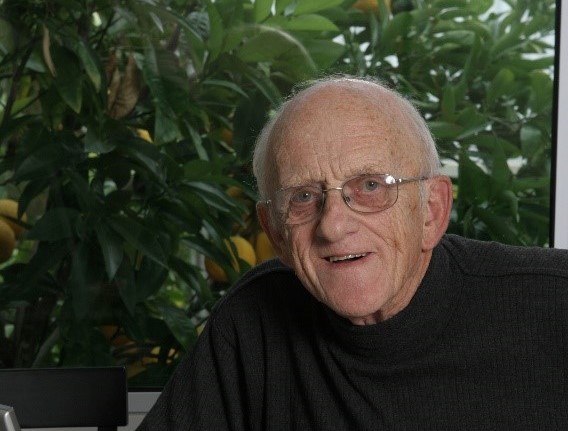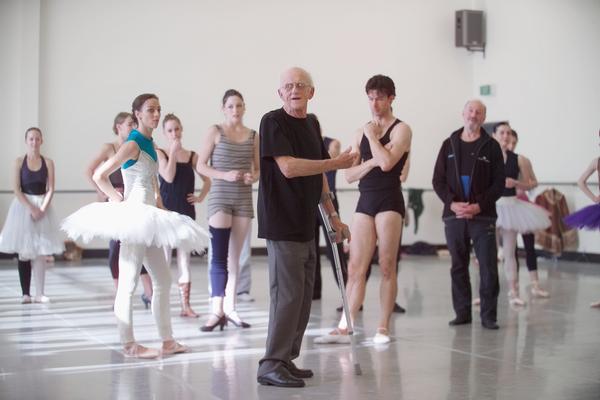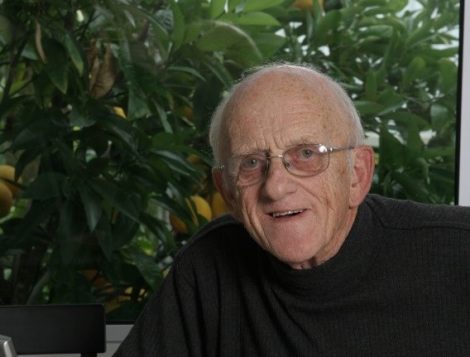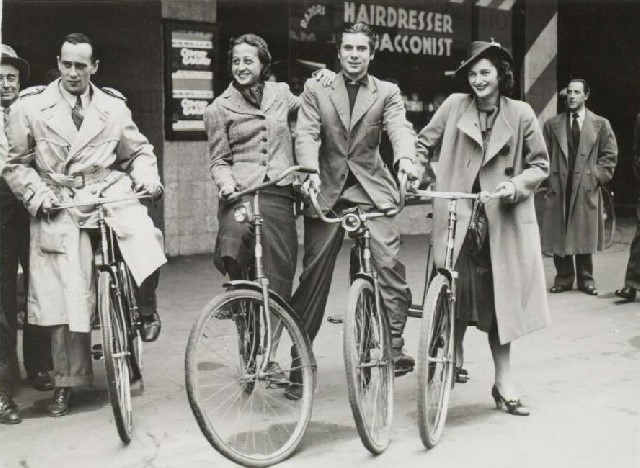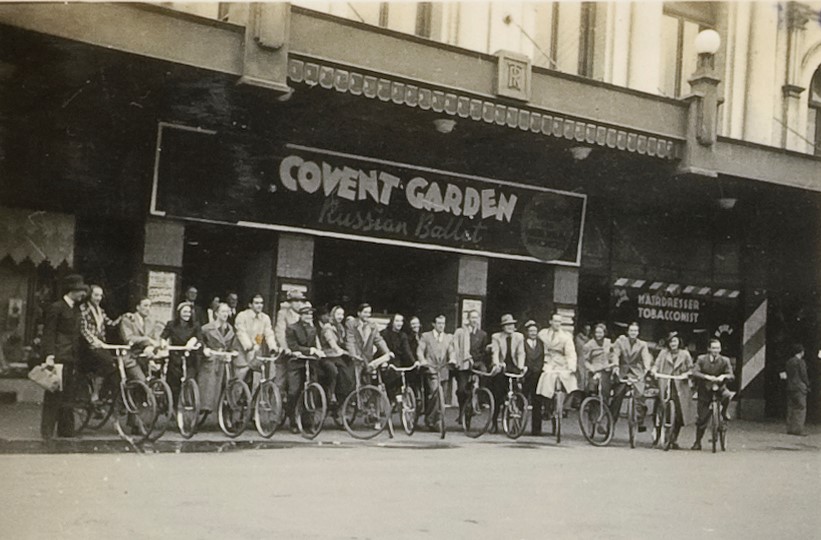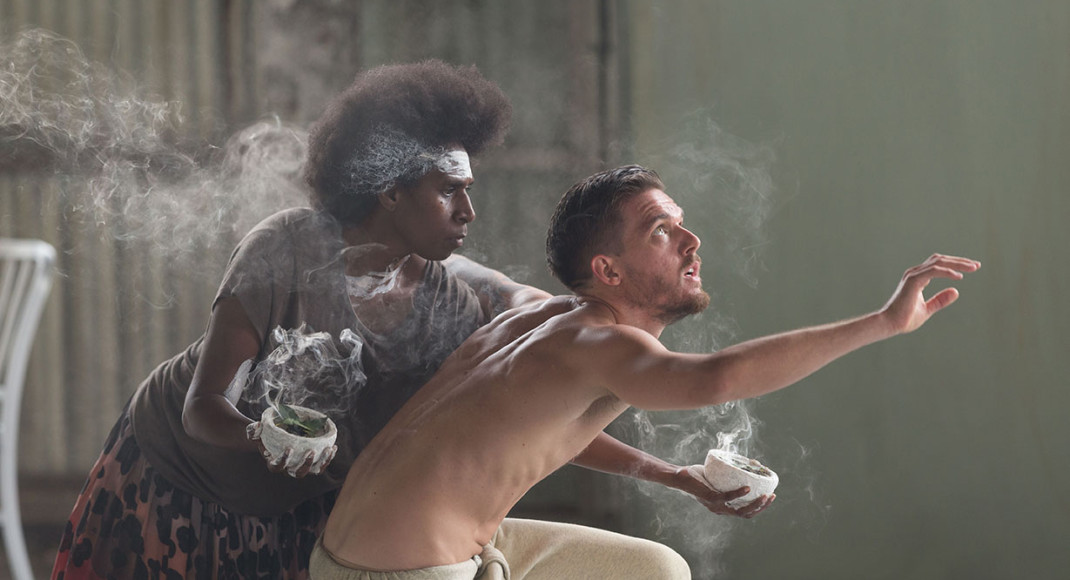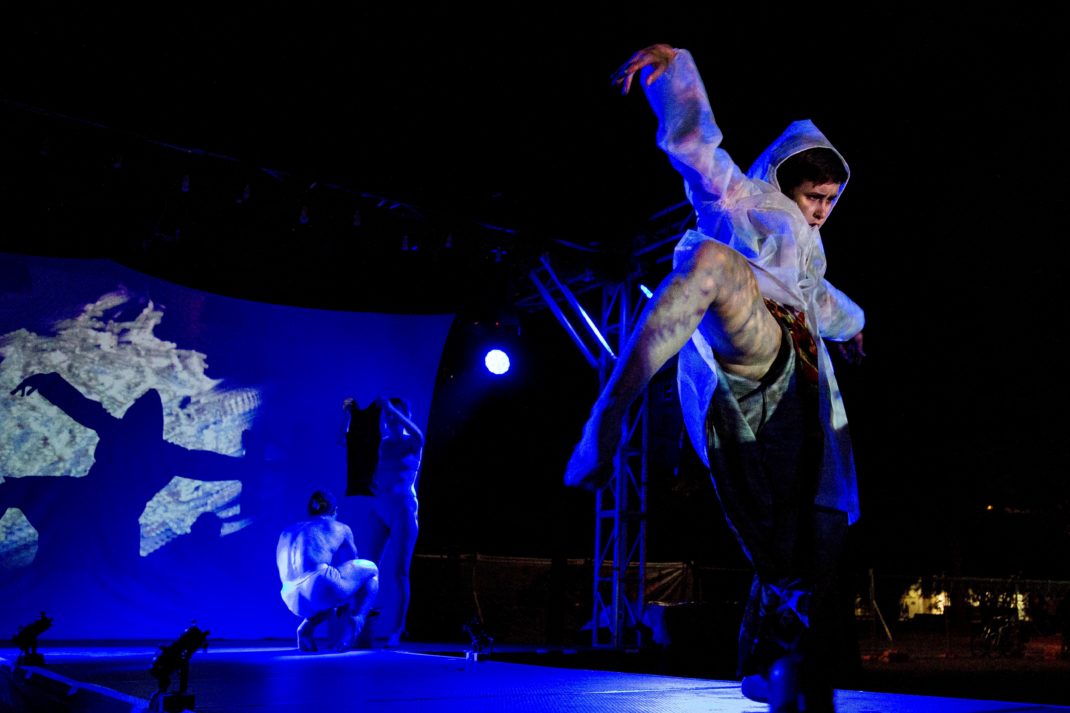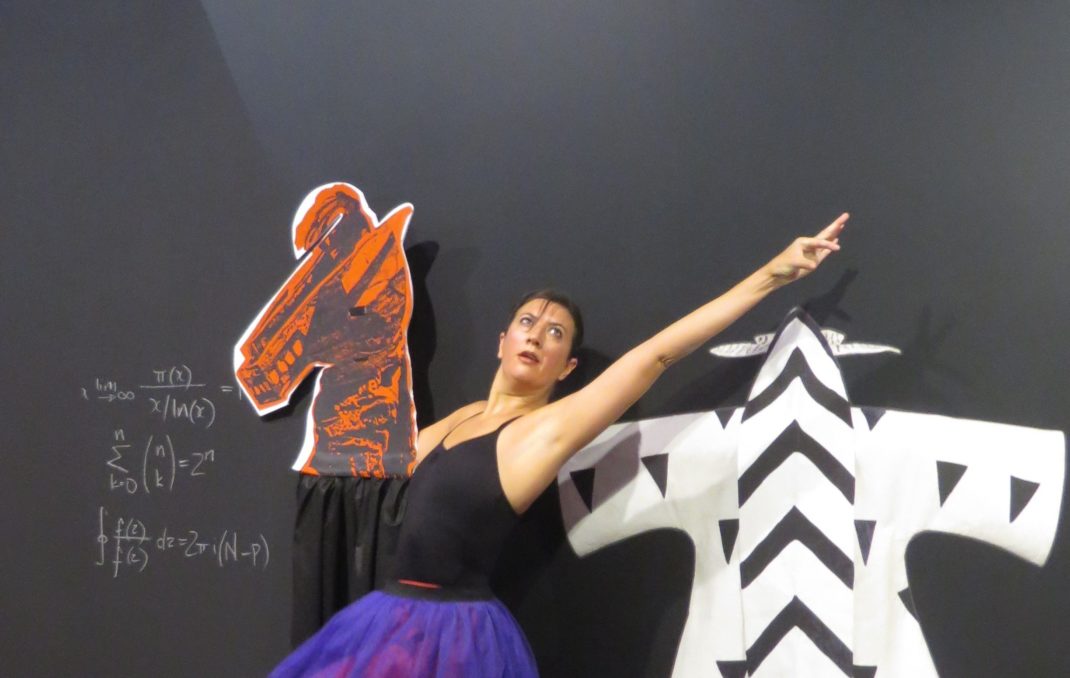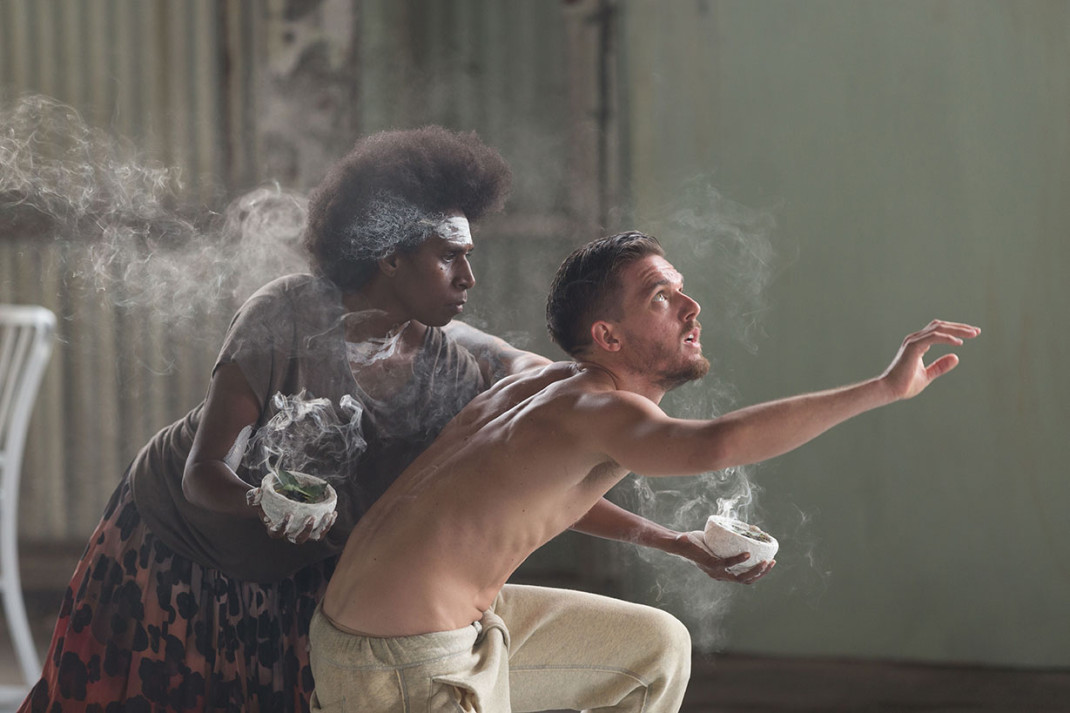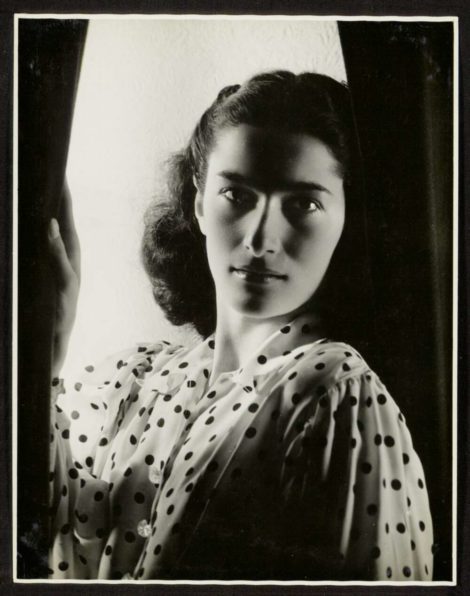4 October 2024. Playhouse, Queensland Performing Arts Centre, Brisbane
My review of the Queensland Ballet presentation of Annabelle Lopez Ochoa’s Coco Chanel: the Life of a Fashion Icon was published in Limelight on 6 October. Read the Limelight review at this link. Below is a slightly enlarged version of that review.
*************************************
Coco Chanel: the Life of a Fashion Icon, from Belgian-Columbian choreographer Annabelle Lopez Ochoa, was originally sought for Queensland Ballet by the company’s former artistic director, Li Cunxin. He began working to add it to the repertoire, he told me, some five or six years ago. It finally premiered in Brisbane as a joint production with Hong Kong Ballet and Atlanta Ballet.
As Queensland Ballet’s program notes tell us, Coco Chanel was a ‘creative, controversial and wildly ambitious’ woman. In addition to her initiatives with clothing design and the creation of a range of perfumes, she had a number of lovers and she interacted with many of the world’s best-known artists across theatrical genres, including many who worked with Diaghilev’s Ballets Russes. And her connection with the Nazi movement during World War II has been hotly debated. How then to create a ballet about her life, filled as it was with so many complex activities?
We first see Chanel (Neneka Yoshida) as a poverty-stricken nineteen-year-old seamstress working in a factory on clothes to be worn by the rich and famous. Already we have a view of the juxtaposition of poverty and wealth that characterised her early life. We also meet Shadow-Chanel (Kaho Kato), an encouraging figure, who is often quietly present onstage and who guides Chanel through her work and into the future.
From there we move on to a series of episodes reflecting aspects of Chanel’s life including her early work with her sister Julia (Alisa Pukkinen) as a singer and dancer in a Parisian bistro; and various aspects of her design career, including holiday activities in the French seaside resort of Deauville that inspired the addition to her designs of striped and other sailor-style items.
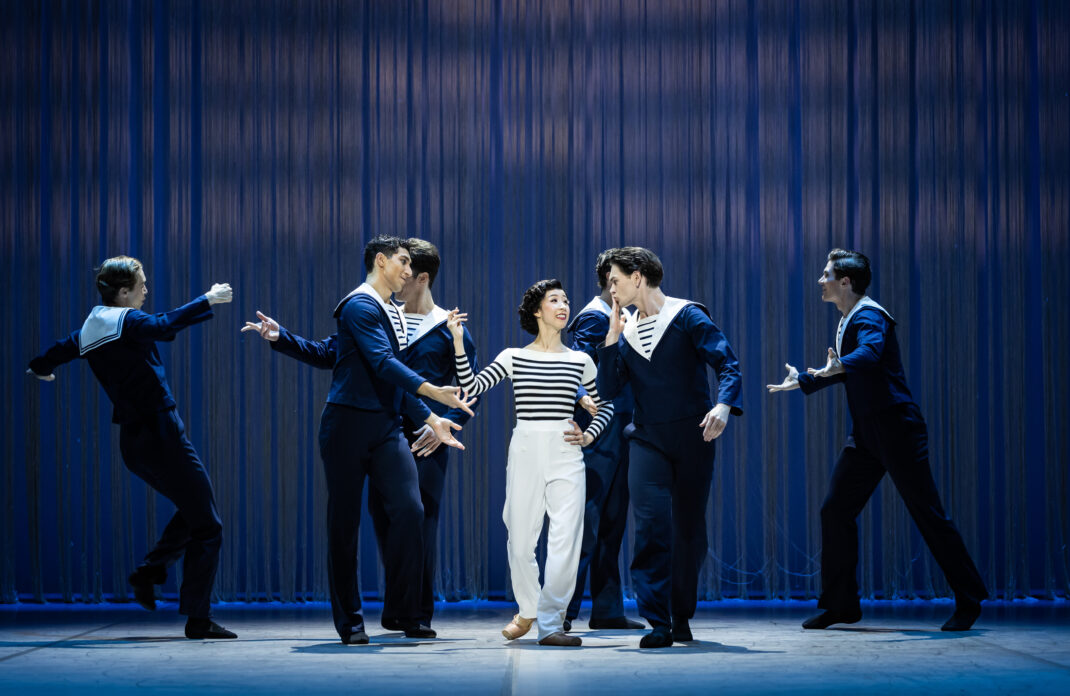
Other episodes look at the demands she insisted upon from those who worked for her; her logo consisting of an entwined version of the letter C; her various lovers, including Arthur Edward ‘Boy’ Capel (Patricio Revé), who is killed in a car accident; the choice of Chanel No. 5 as her signature perfume; and her activities during the war years.
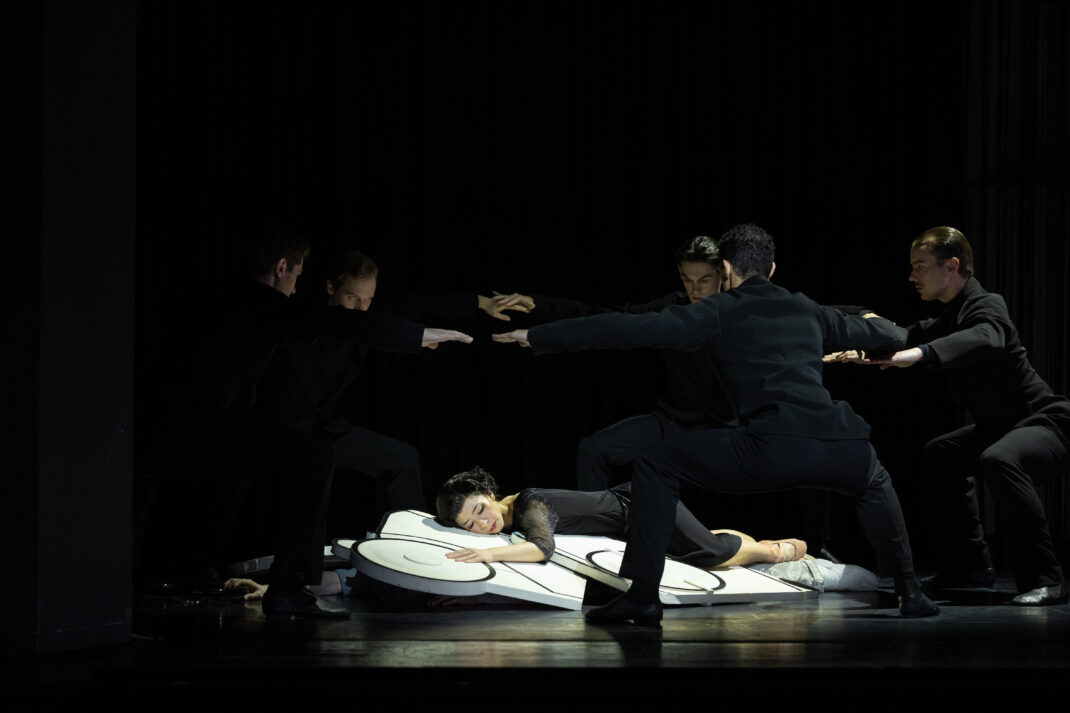
In the final episodes we see her work being rejected, but also the comeback that she eventually achieves.
Theatrically, Lopez Ochoa handles the episodic nature of the story with absolute skill. There is never any doubt about what is happening despite the shortness but complexity of each episode. Choreographically her use of the space of the stage is carefully considered as are the groupings she makes between dancers as the episodes unfold. I especially enjoyed the episode in which Chanel chooses her signature perfume from five possibilities. It was a smart presentation preceded by a beautifully choreographed group dance of flower people (scents of perfume).
But the Nazi episode was also a highlight with Chanel’s lover at the time, a Gestapo spy named Hans Günther von Dincklage, dramatically danced by Vito Bernasconi. Also of particular interest was the episode in which Chanel engaged with Igor Stravinsky (Joshua Ostermann). Stravinsky benefitted from Chanel’s philanthropic generosity in relationship to his score for the Ballets Russes production of The Rite of Spring but, in a moving moment in the episode, Stravinsky left the relationship in favour of his wife and family.
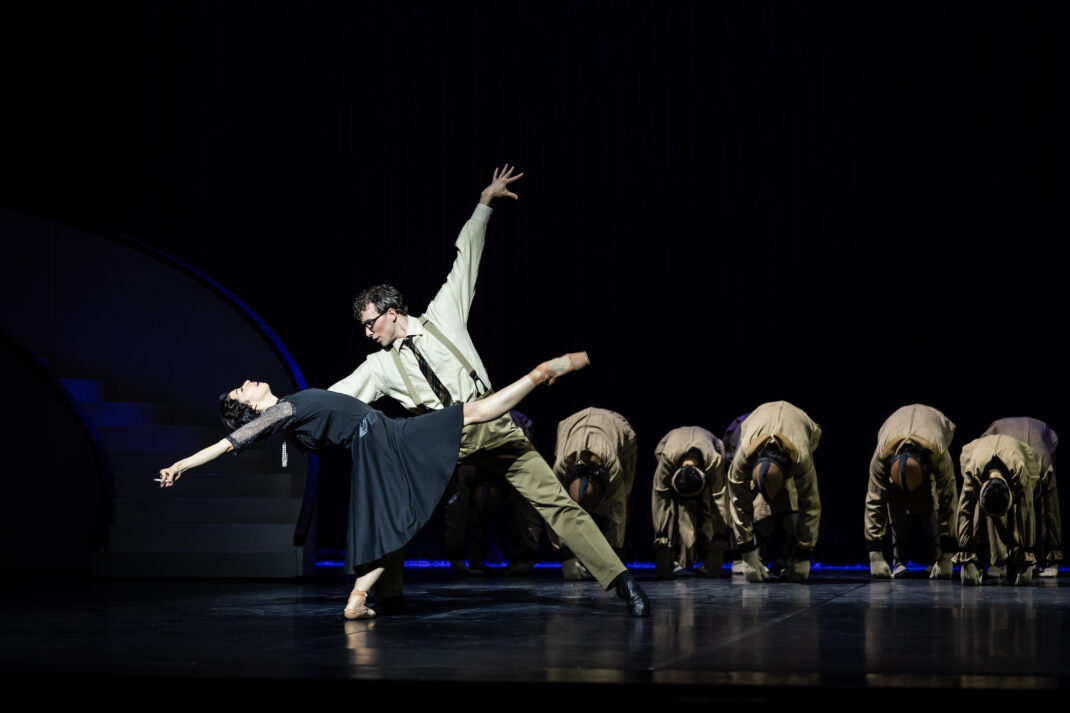
But every dancer rose to the occasion in every episode and performed with exceptional skill and commitment.
Set and costumes were created by Jérôme Kaplan and he pursued a minimalist approach, reflecting the unadorned nature of Chanel’s clothing designs. No frills, no fussy additions. An ongoing aspect of his design was the circular staircase that was moved on and off stage as the moment demanded and that looked back to a mirrored, circular staircase that was part the ground level of Chanel’s studio in Paris.
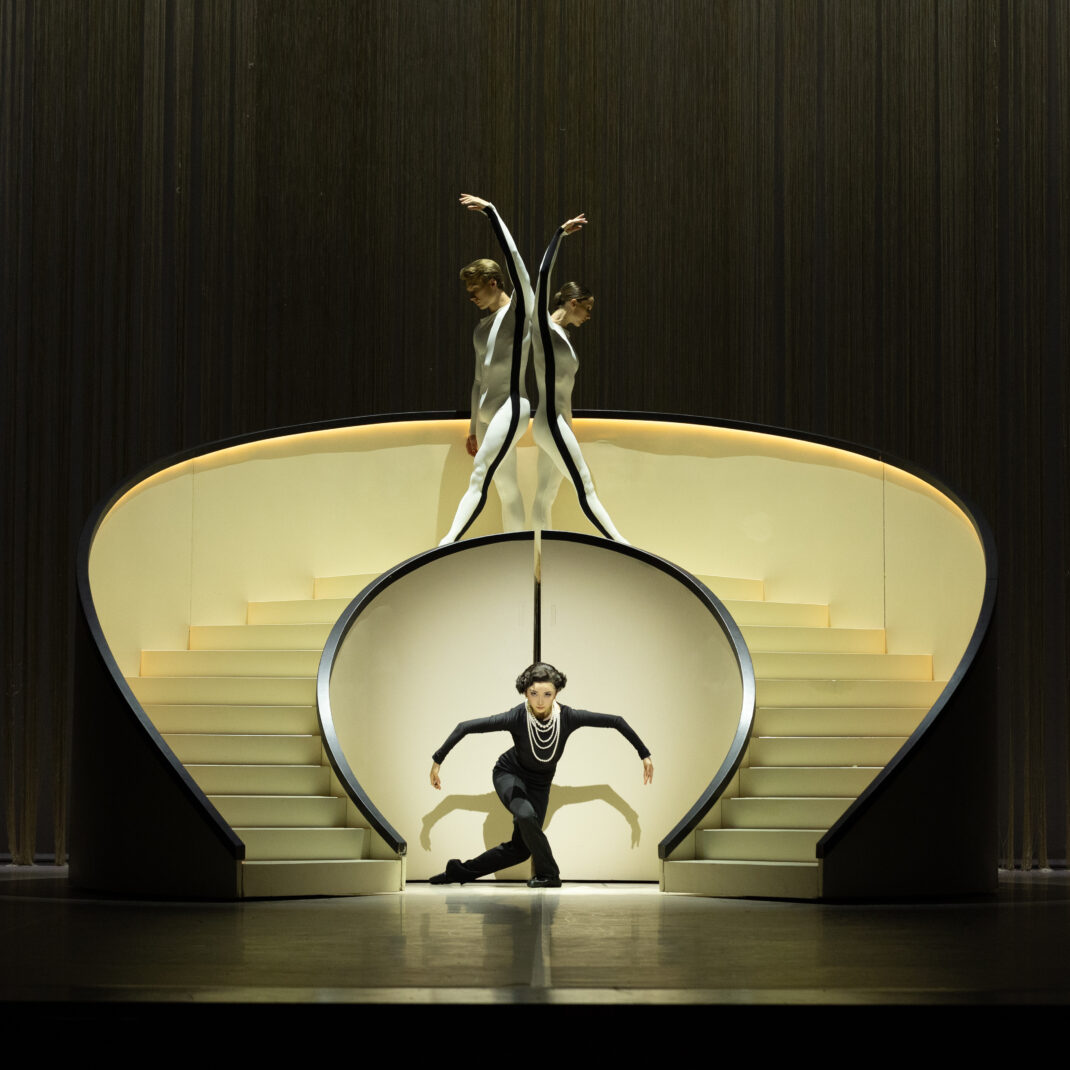
Jon Buswell’s atmospheric lighting added to the overall effect, and the new and often surprising score by Peter Salem was played by Camerata: Queensland’s Chamber Orchestra conducted by Nigel Gaynor.
When I received my ticket to Coco Chanel my heart sank. My seat was in the Gallery rather than the Stalls. I suspected that I’d never be able to see the production well enough to review it. But I couldn’t have asked for anything better. The seat in the Gallery gave me a perfect view of Lopez Ochoa’s choreographic vision, in particular the way in which she patterns bodies in the performing space, and the manner in which the show was brought together as a collaborative endeavour. Coco Chanel is an absolutely brilliant production made by a choreographer with an approach that is distinctively individualistic, and from which shines an understanding of, and belief in ballet as a medium to be pursued. It deserves to be seen across Australia.
Michelle Potter. 7 October 2024
Featured image: Neneka Yoshida as Coco Chanel with Kaho Kato (at back) as Shadow-Chanel. Photo: © David Kelly
